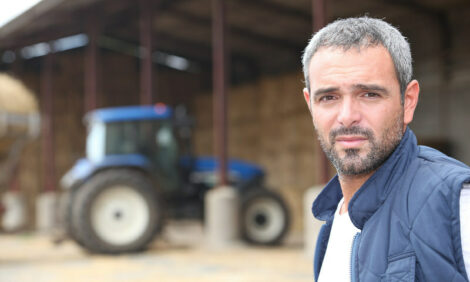



Beef Supplies Short; Producers to Expand Herd
US - US beef producers have started the early stages of herd expansion as beef supplies remain very short, says Purdue Extension agricultural economist Chris Hurt. Beef cow numbers have dropped by nine per cent, or three million head, since 2007. They dropped by three per cent in 2011 alone, meaning a smaller calf crop in 2012 and lower slaughter numbers through 2014. But strong finished cattle prices and moderating feed costs have driven some producers to start the expansion.
Producers have reduced their herds in recent years primarily because of escalating feed costs since 2007 and a drought in the southern Plains that dried up pastures and forages.
According to a January US Department of Agriculture cattle report, the most recent available, beef heifer retention has increased one per cent - a sign that producers are starting to expand. If US crop yields return closer to normal during the 2012 crop year, Hurt said feed prices could come down even more, which would encourage further herd expansion.
"This is the first increase in heifer retention since feed prices began increasing," he said.
While higher retention rates would seem to suggest lower finished cattle prices in 2012, Mr Hurt said the opposite is likely true. Beef producers retaining heifers results in lower slaughter supplies and, ultimately, lower beef supplies.
With a reduction in cow numbers, the calf crop could be down more than two per cent in 2012, and if heifer retention continues in 2012 and 2013, Mr Hurt said beef supplies might not increase until 2015.
"The modest heifer retention now is actually a price-enhancing factor in the short run," he said. "Look for finished cattle prices to push into the higher $120s in the spring, moderate to the mid-$120s this summer, and finish the year near $130. Spring highs in 2013 could climb to the low $130s."
Despite the high finished cattle price projections, Hurt said producers need to keep an eye on the weather and 2012 crop yields before they make further expansion plans. Producers in the southern Plains should watch drought conditions, while producers nationwide need to watch crop progress.
The National Oceanic and Atmospheric Administration is forecasting that a region of the western Corn Belt will continue to be very dry into the spring.
"That raises concerns for corn and soybean meal prices," Mr Hurt said. "Higher feed prices would depress cattle prices."


